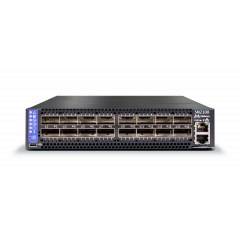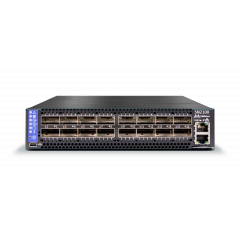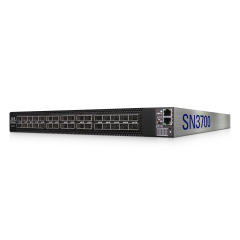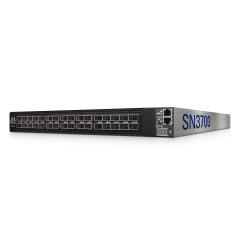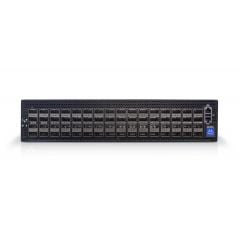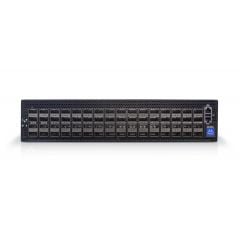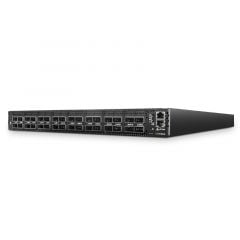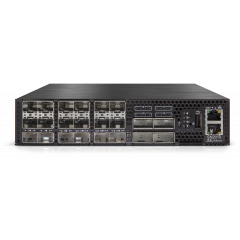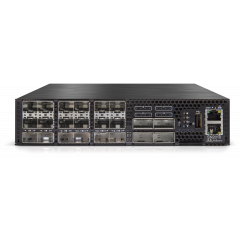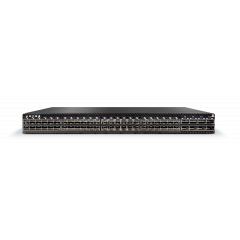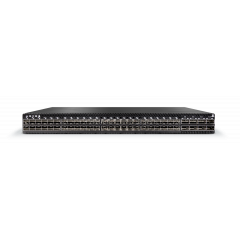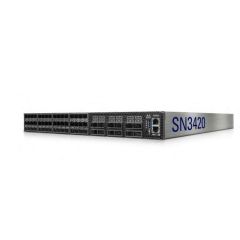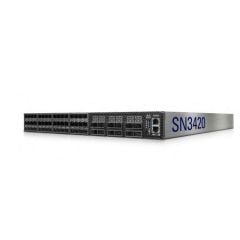Qumulo Hardware
All Qumulo solutions are scalable to suit the needs of the enterprise using them. Typical 1U form factors are available with memory sizes of 30TB, 76TB, and 153TB, offering maximum usage sizes of 2.2PB, 5.7PB, and 11.4PB, respectively. Networking options include over 10x15.36TB or 4x100GbE.
A standard 24 core 2.8GHz CPU and 128GB solution is present across all NVMe node types. While this is a normal configuration for each node in most platforms, bespoke solutions to meet your needs can be custom configured online.
Big Performance, Small Footprint
Qumulo powered by Supermicro offers impressive scale and performance capabilities in a compact and environmentally friendly form factor. With the power of All-NVMe technology, it delivers lightning-fast read and write speeds and unparalleled throughput, meeting even the most demanding performance requirements. By optimizing storage performance and eliminating unnecessary overhead, this solution provides a highly efficient and cost-effective platform.
The hybrid configuration of Qumulo's solution enables a maximum usable capacity of 24 PB in a 100 node cluster, empowering you to fully leverage your storage infrastructure and accommodate large-scale data requirements without compromising performance.
Hybrid-NVMe for Performance and Economy
Experience a new level of performance efficiency with Qumulo and Supermicro's all-new hybrid-NVMe platform. No longer do you need to compromise between performance and cost, or rely on multiple vendors to address both aspects. This innovative solution allows you to achieve greater performance while maintaining cost-efficiency at scale.
The intelligent caching technology, combined with Qumulo's advanced distributed file system, enables symmetric scalability of both capacity and performance. With an all-NVMe usable maximum capacity of 11.4 PB in a 100 node cluster, you have the flexibility to store and process massive amounts of data at lightning-fast speeds. Data is intelligently moved to NVMe storage, prioritizing speed and ensuring that most reads and all writes are optimized for maximum performance.
With Qumulo and Supermicro's hybrid-NVMe solution, you can unlock the full potential of your storage infrastructure, experiencing big performance without sacrificing a small footprint. This powerful combination of performance and economy makes it an ideal choice for organizations with demanding storage needs.

